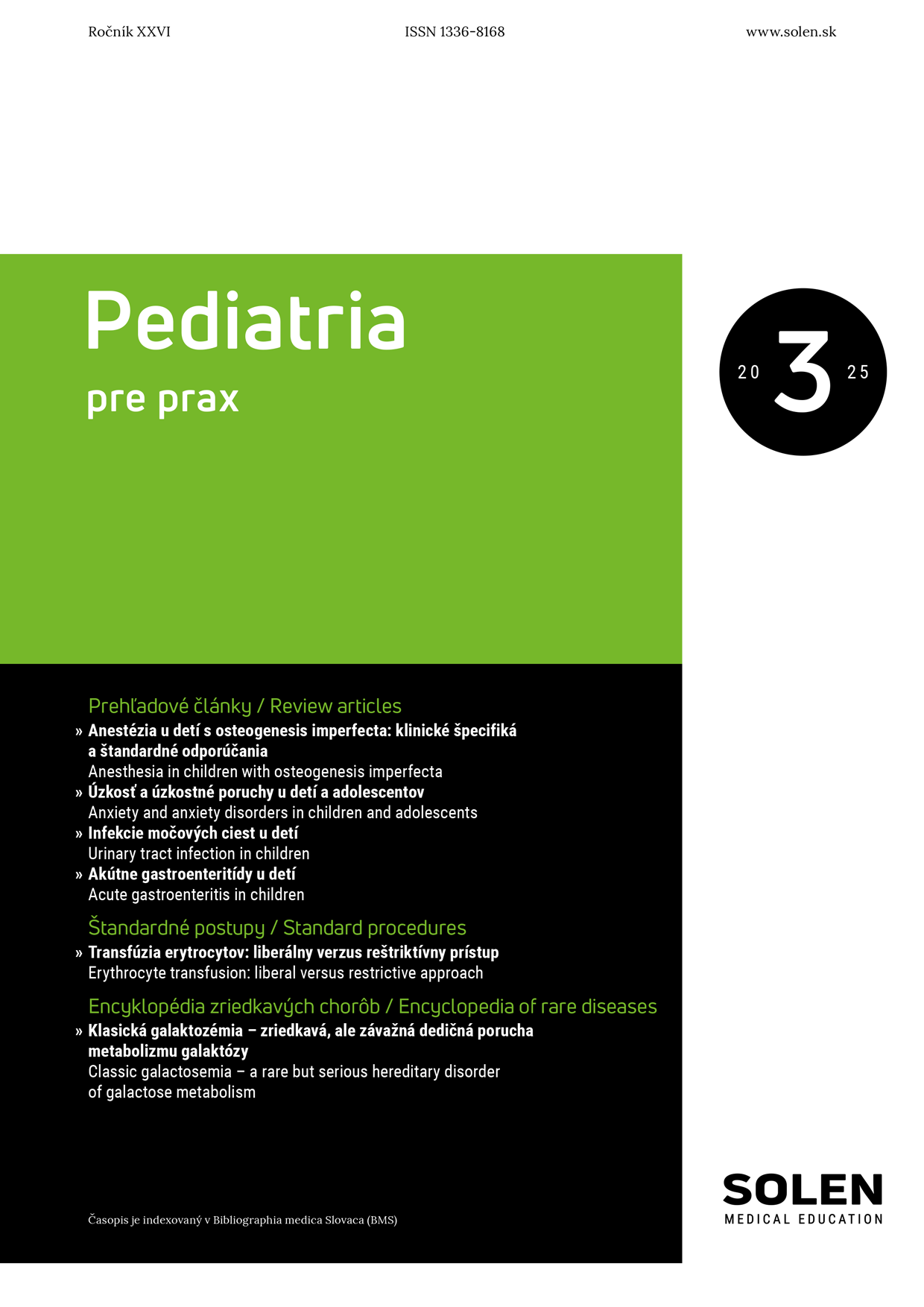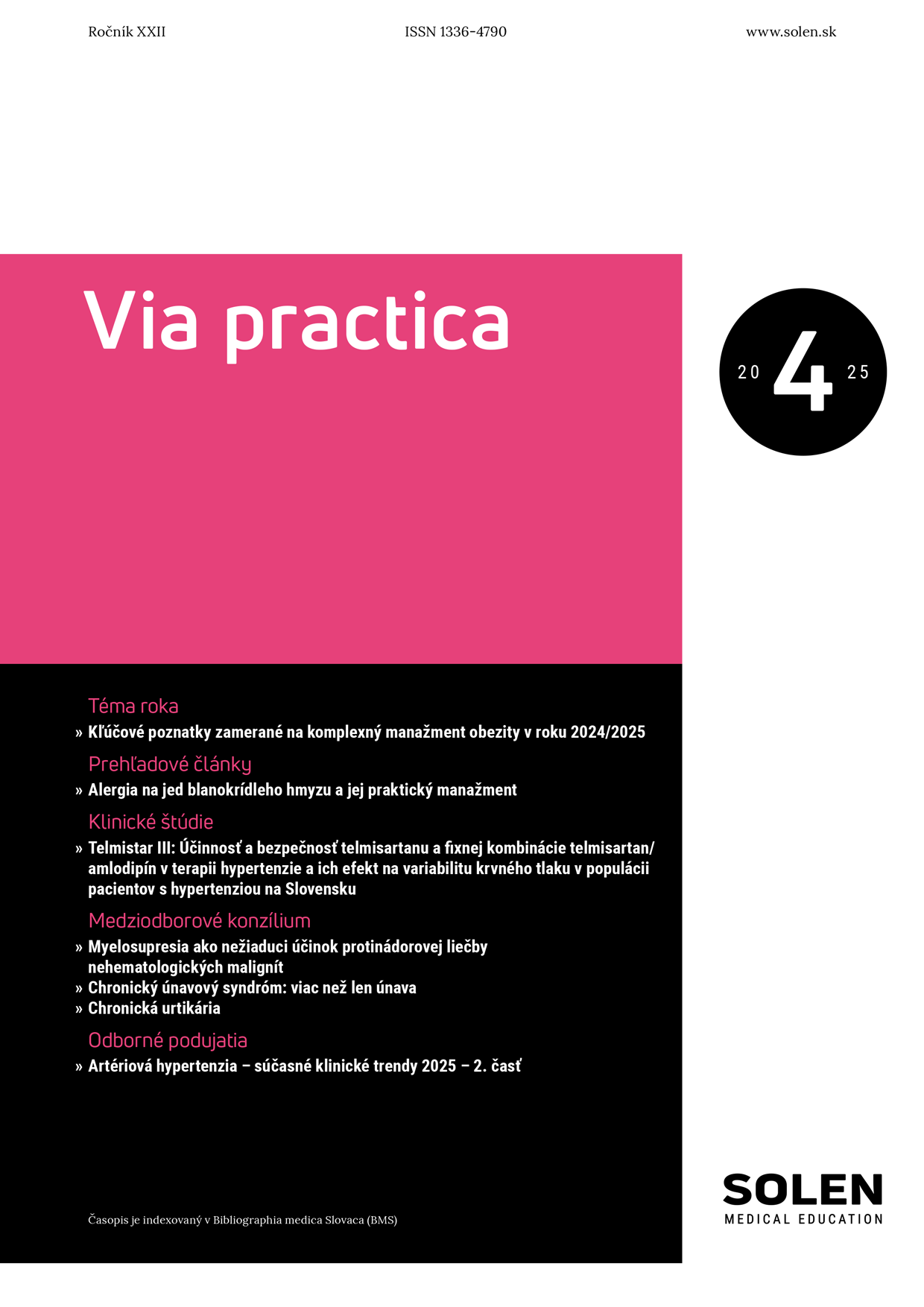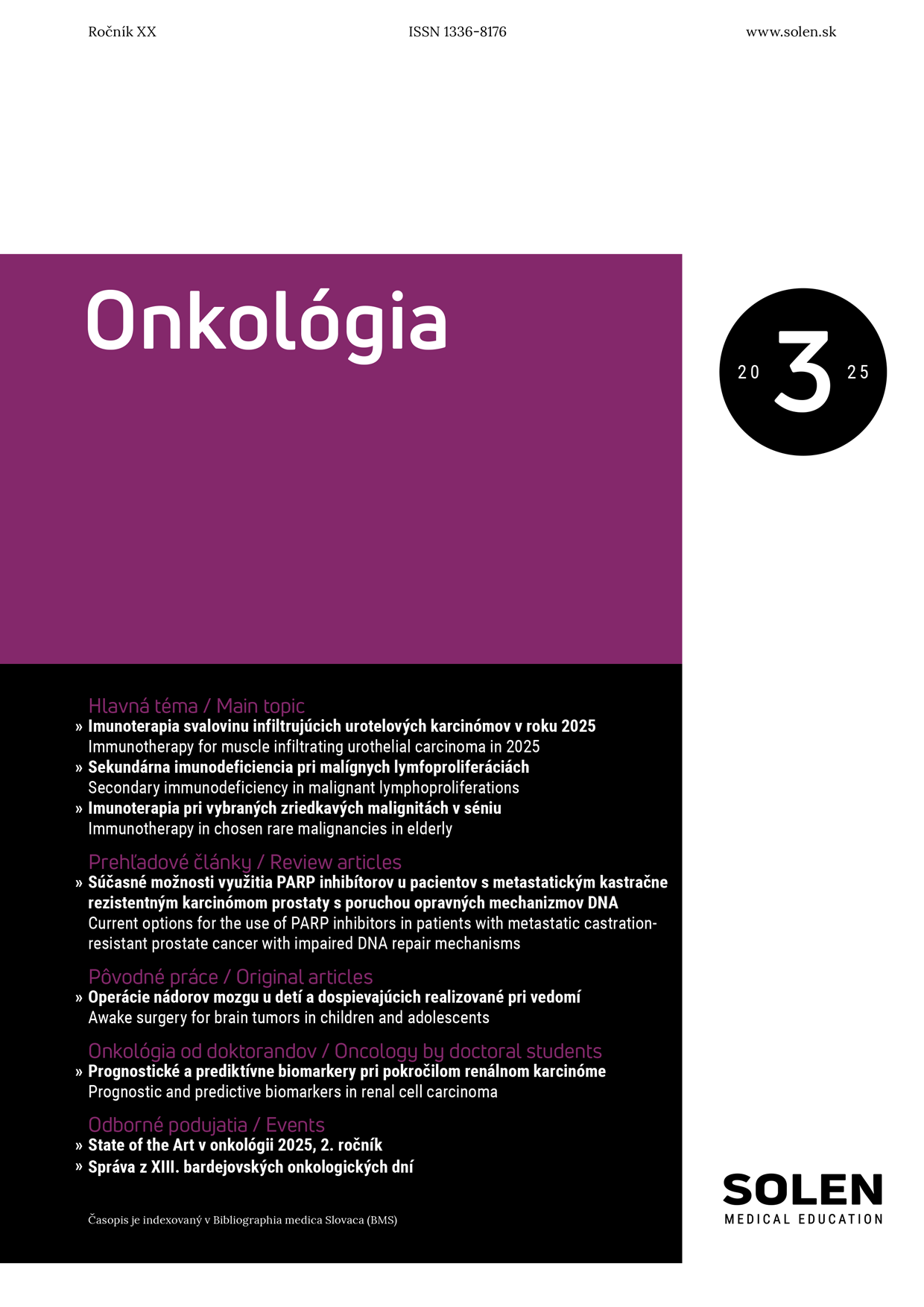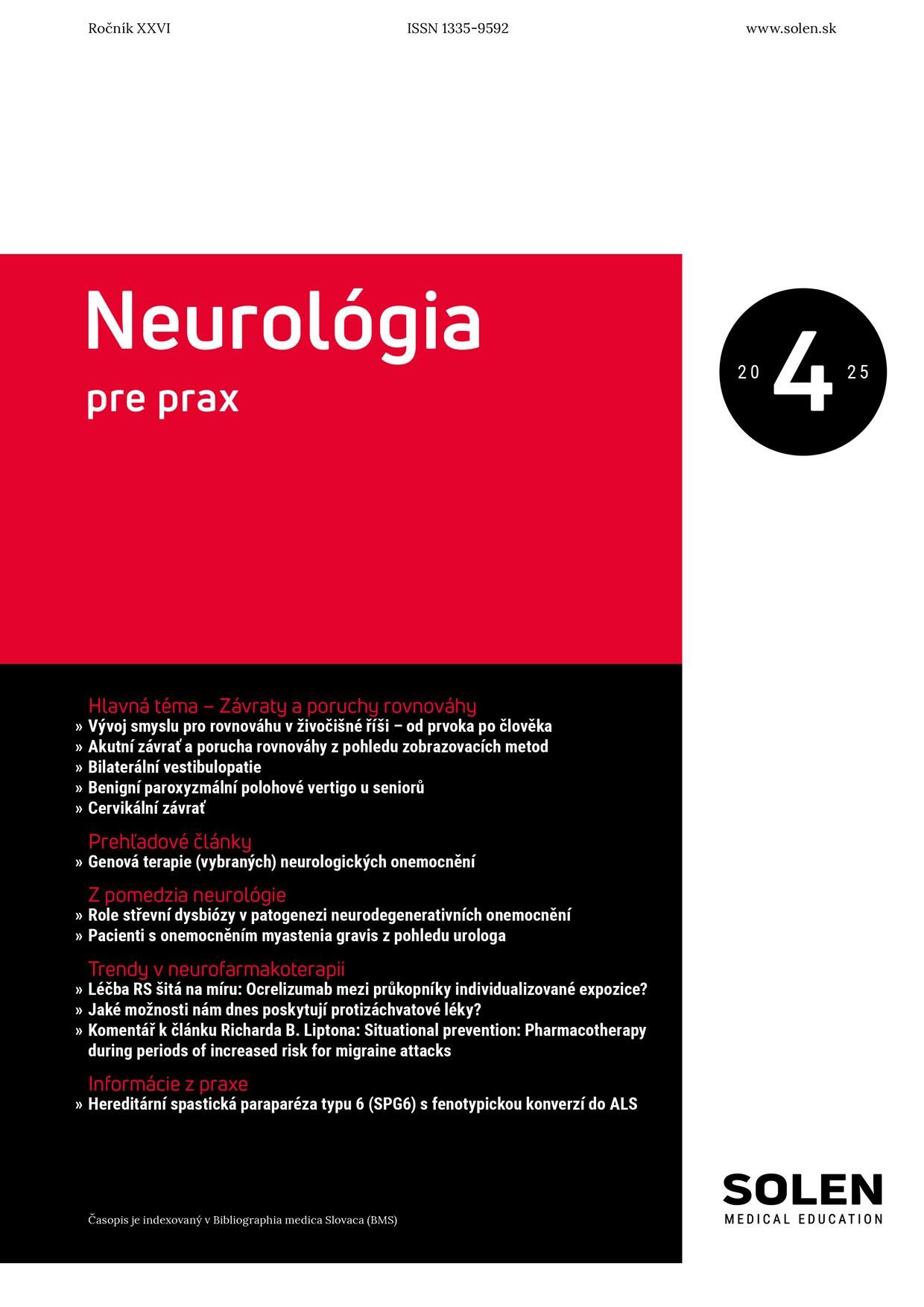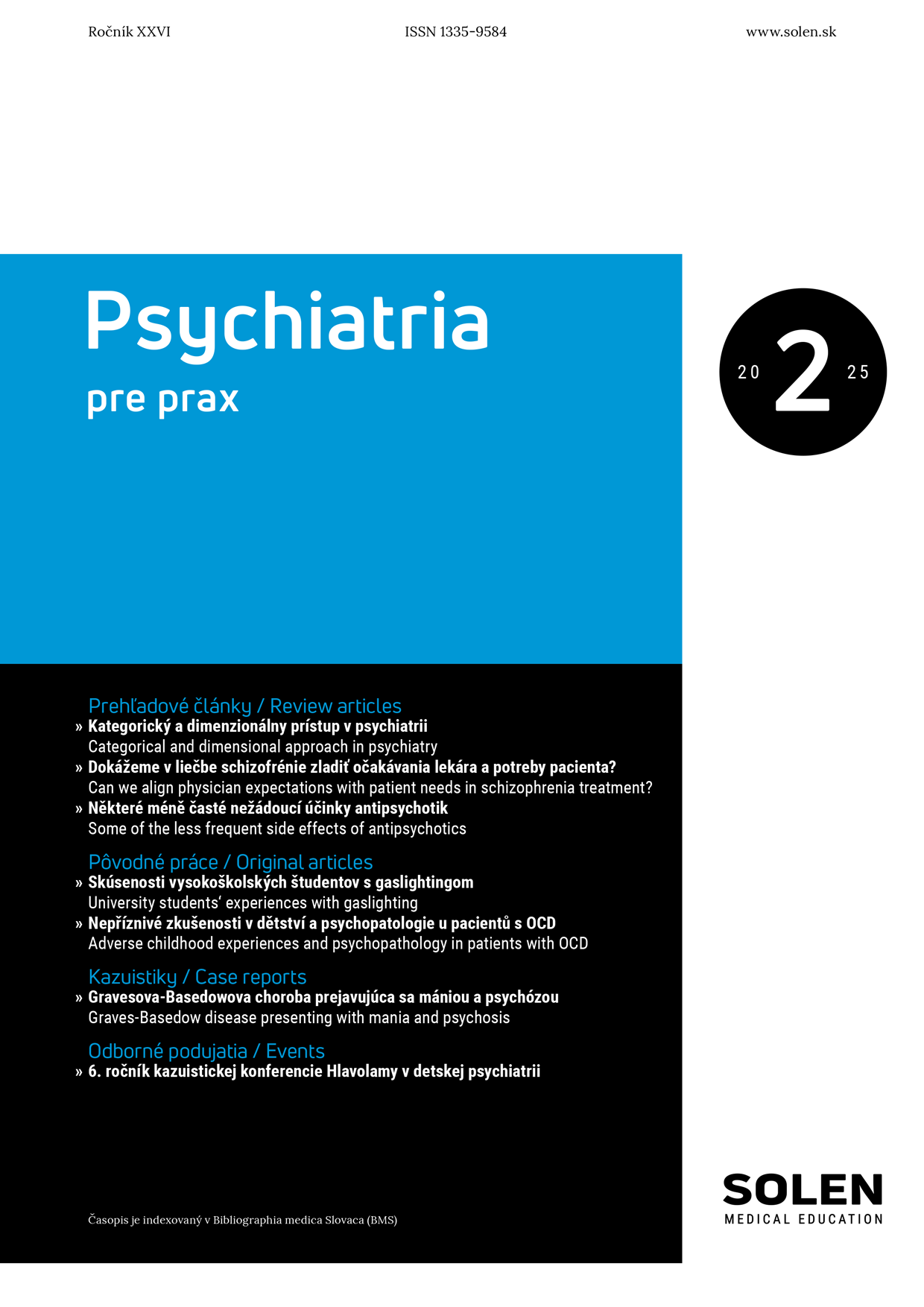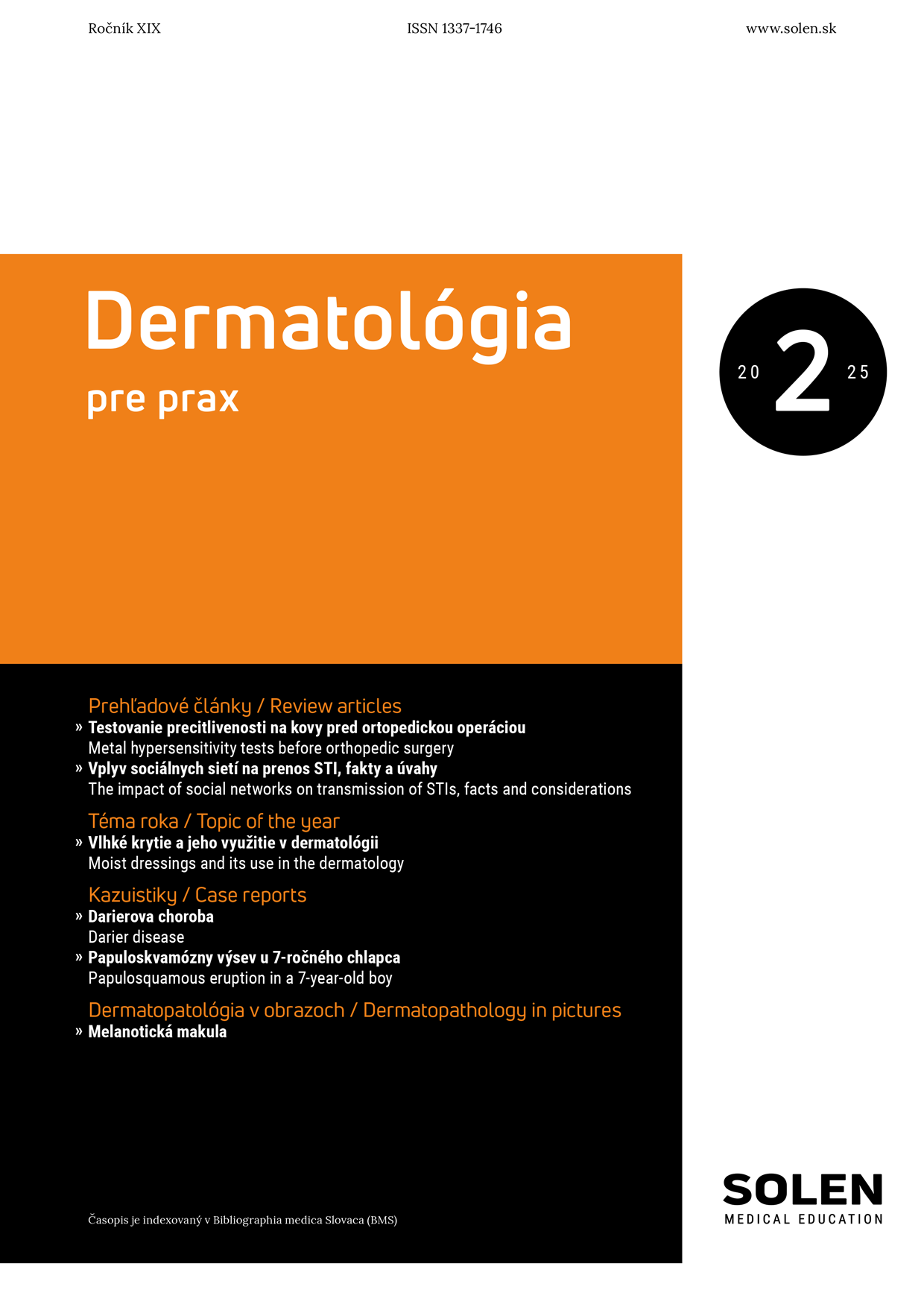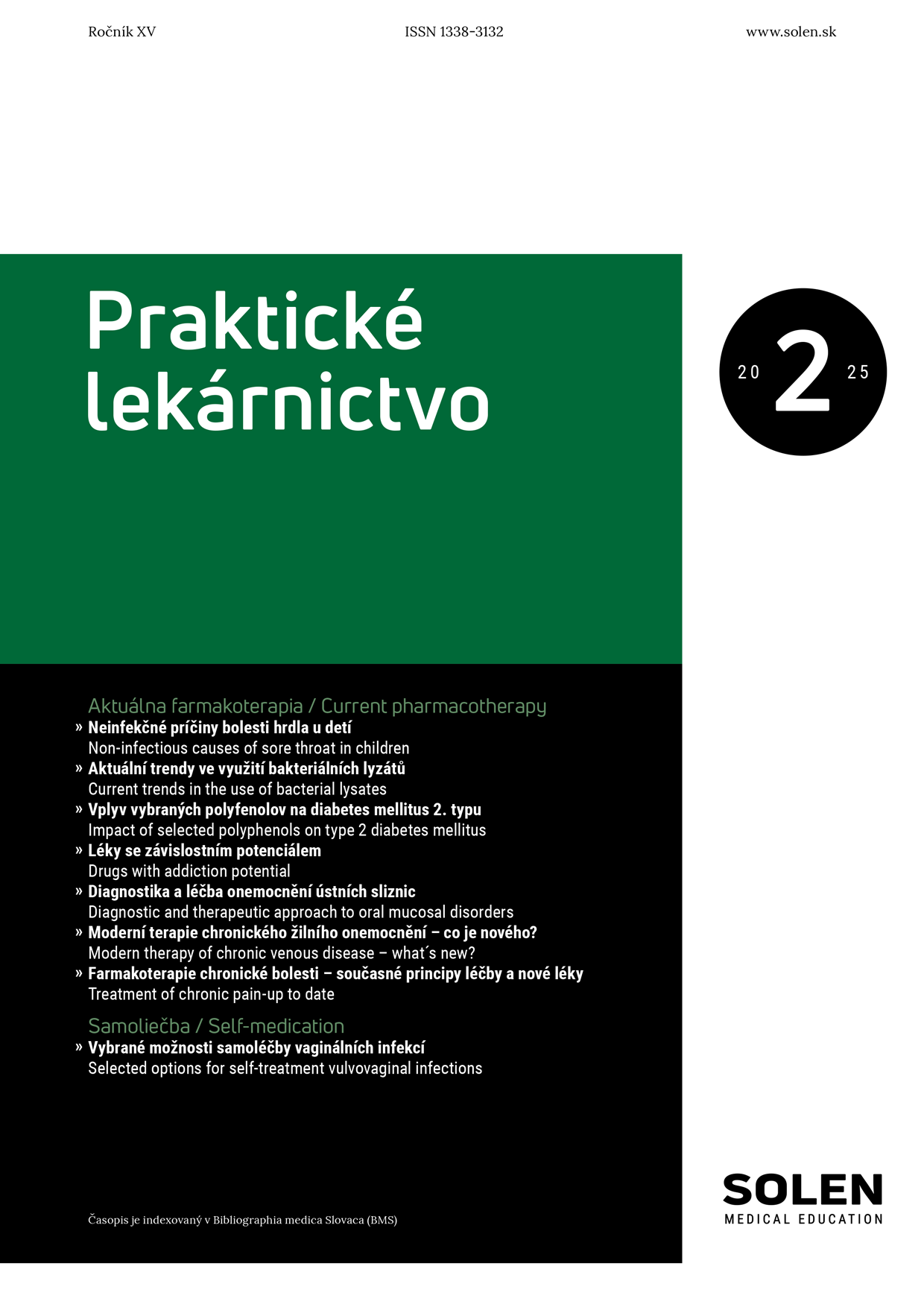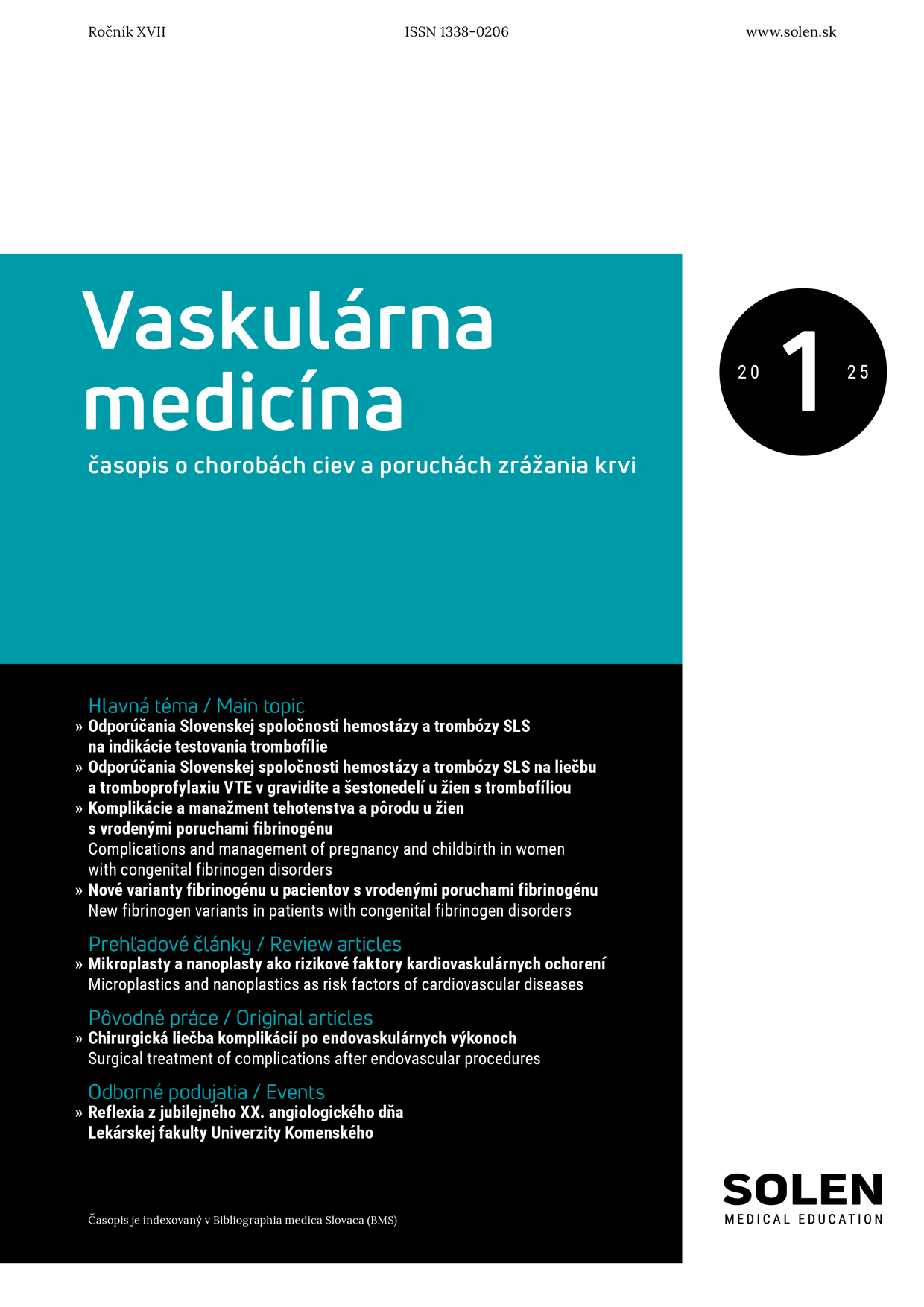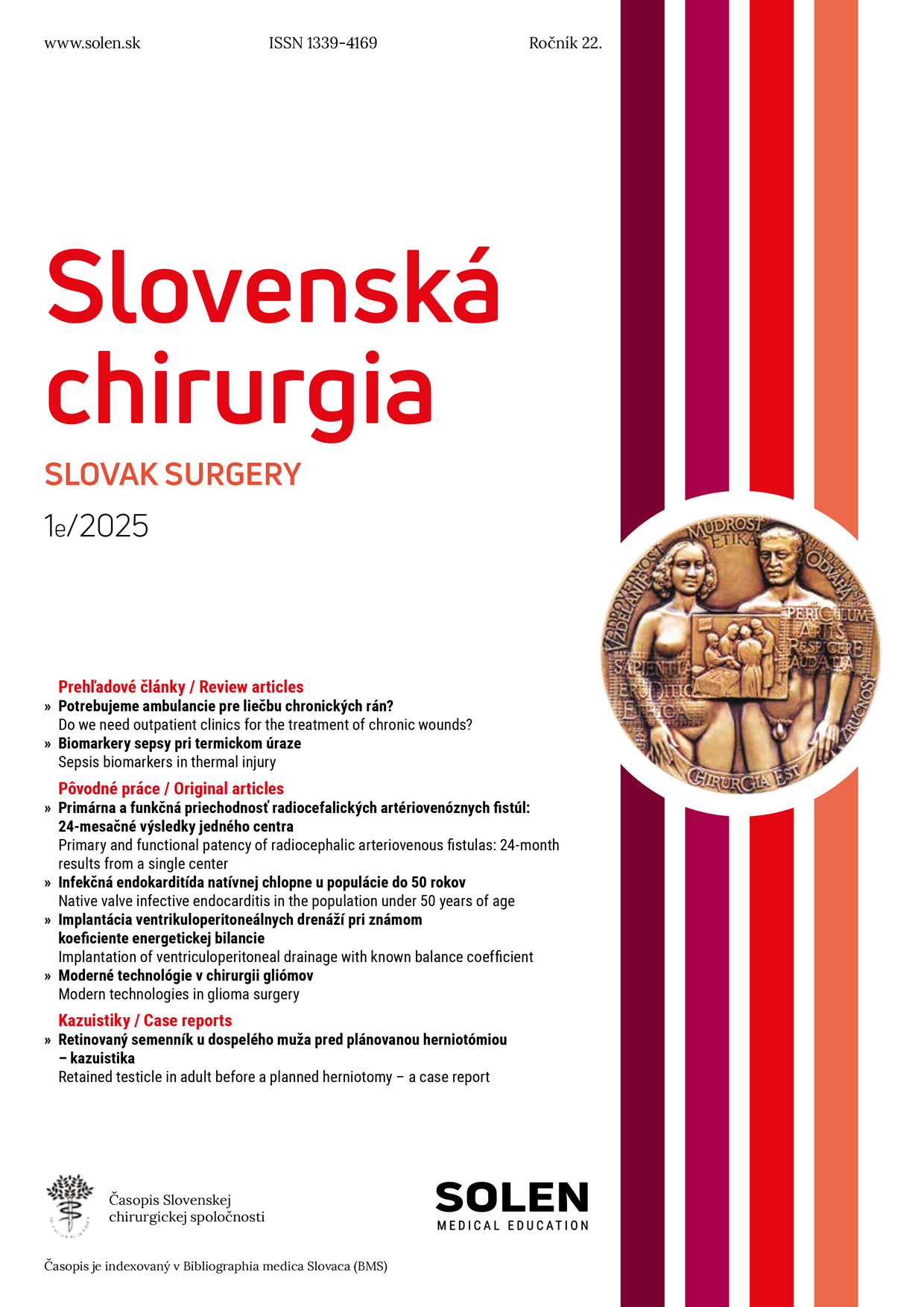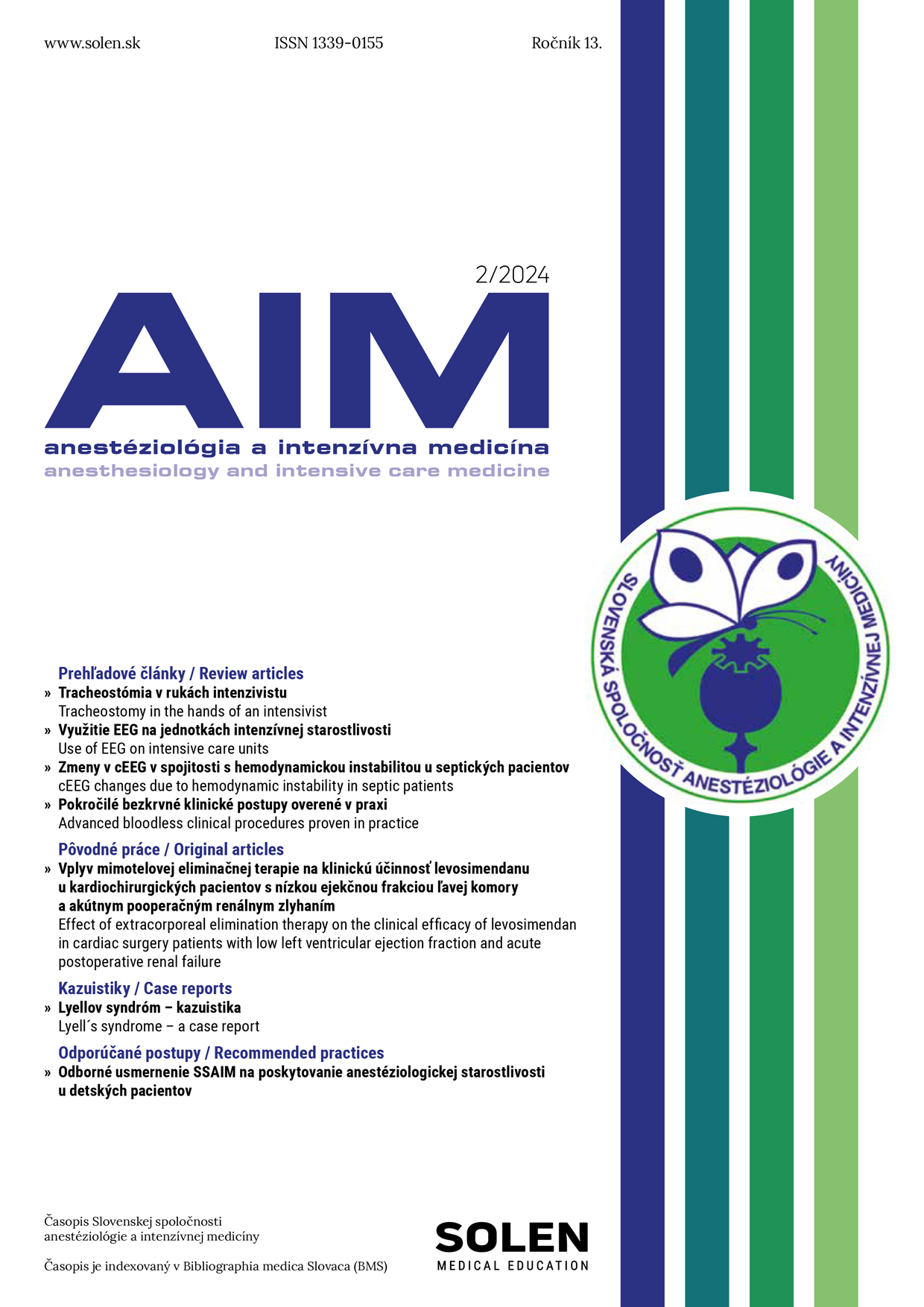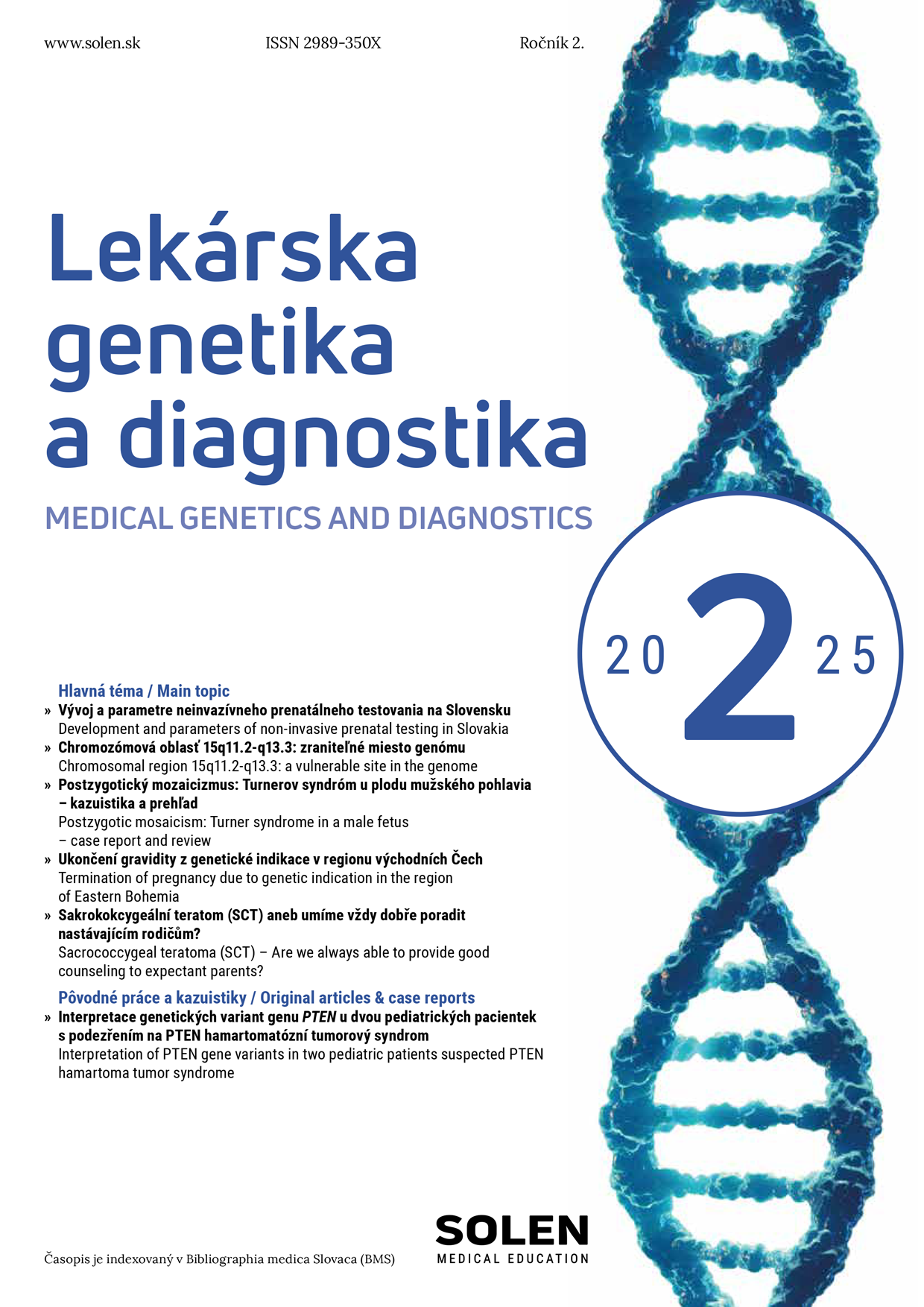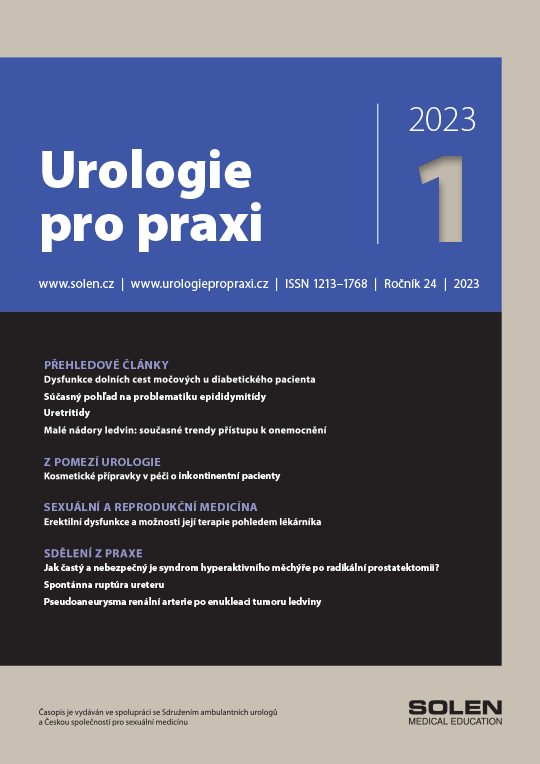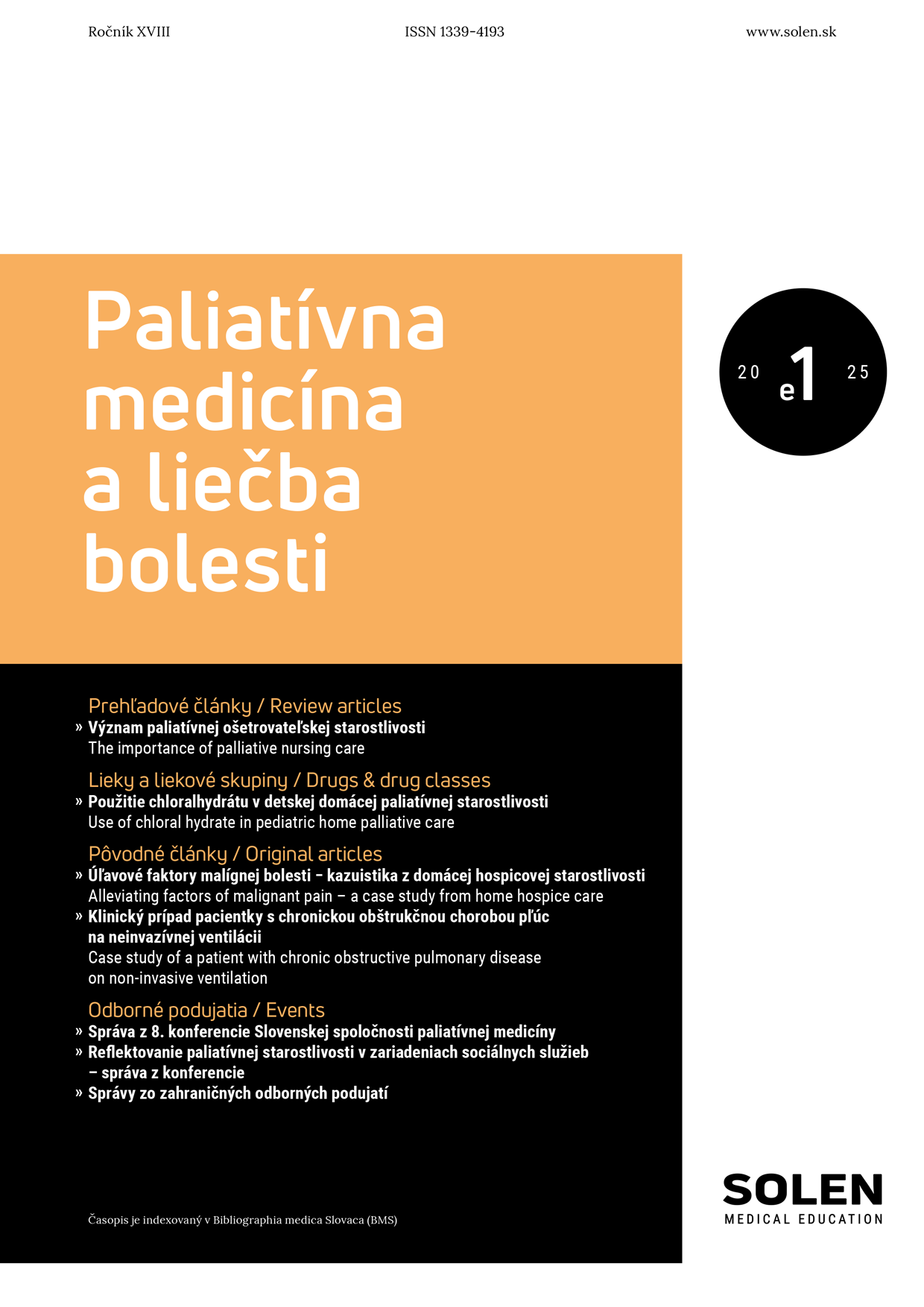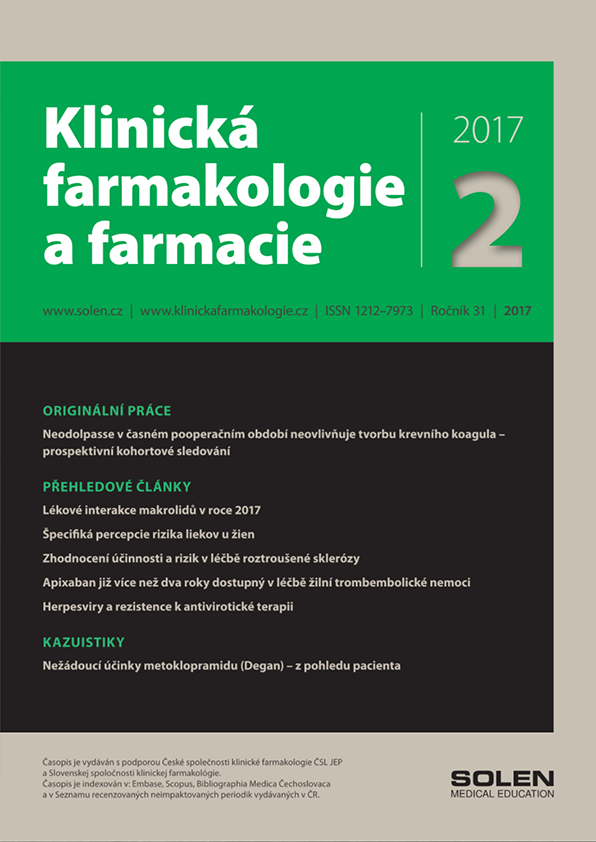Paliatívna medicína a liečba bolesti 1-2e/2022
Opioid analgesics in the treatment of pain in the palliative patient
About forty million people need palliative care each year, with up to 78% living in low- and middle-income countries, and only 14% of those in need of palliative care have access to it. At present, in developed countries, the death of an individual is most often the result of a long chronic illness, whether oncological or non-oncological. Pain is the most common and most severe symptom of a palliative patient. Treatment must always be aimed at improving the quality of life remaining, and should lead to the optimization of the patient‘s physical and cognitive functions during the course of the disease. Opioid analgesics in the treatment of pain in patients requiring palliative care are one of the basic tools for its optimal control, but of course, in combination with other drugs and non-pharmacological and interventional pain management techniques. Even in this risk group of usually seriously ill patients, their administration must follow the generally accepted principles of their administration by experienced physicians with a sufficient range of knowledge and experience with the use of opioids in the clinical practice of acute and chronic pain. As a basic recommendation for practice - the palliative medicine physician as well as other members of the palliative care team must be able to recognize the painful syndromes of the palliative care patient and according to general recommendations, also initiate pain treatment. If the pain cannot be controlled, the patient should be referred to an algesiologist.
Keywords: palliative medicine, pain, opioid analgetics


